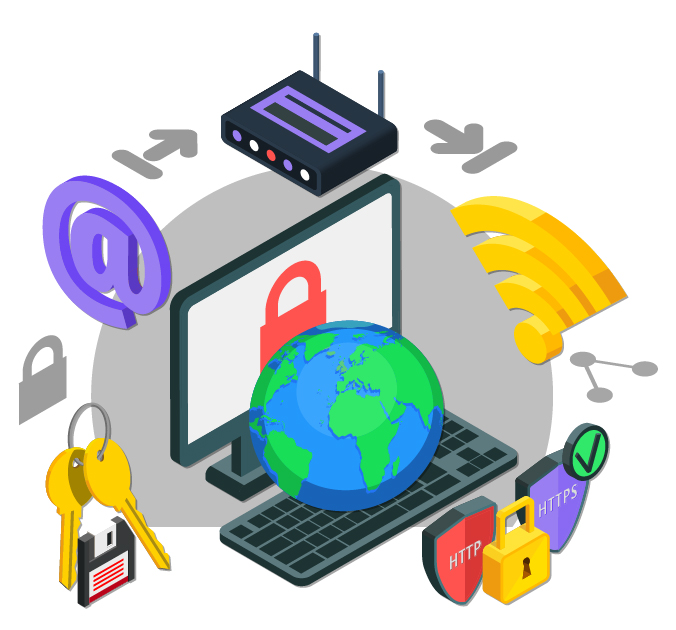Introduction In the last couple of years, the teaching and training sector has witnessed a boom of eLearning applications. ELearning is a teaching methodology that provides the option of educating people through the Internet or Intranet networks. According to Forbes magazine, the e-learning industry will grow to $325 billion at the end of the year 2025. As the number of smartphone users is increasing rapidly, it makes it clear for us that eLearning apps are the future of education. Such apps and websites like Khan Academy, Coursera, eDx, and Udemy already showcase some great results. ELearning platforms provide flexible learning methods, which anyone around the world can access it, and easy to customize according to the learner’s preferences. Let’s see some tips on what are the guidelines you need to follow for creating an impactful eLearning application development for recipients. Creating E-Learning Courses: what does it mean? Before I start discussing deeply the topic, it is good to understand the significance of creating eLearning courses, which help people to learn different topics from educators through the internet. Creating an e-Learning platform means offering educational services in an organized manner via network technologies without time constraints and geographical limits. The impact of continuous learning platforms on the education sector: The procedure of creating an advanced training system is useful to enhance the outreach of educational content, are as follow: 1) A trainee can learn through video conference calls or virtual classrooms. 2) Learners can also enroll themselves in pre-packed content where they usually learn from tutorials. 3) Learn through the collaborative approach of the virtual learning community. The new Information and communication technologies include online education solutions with a traditional learning approach, to provide perks from different learning methods in a single mode. E-Learning courses affect both the private and public sectors: Employee training is the topmost priority of companies. In recent years, companies have shown a great interest in the training of ICT technologies that enable the spread of information and knowledge without the limitations of time and space. European Union Council has put into the words that “ELearning is the future of education”, thanks to the Eurozone state which blends the new ICT technology with training and education system via the Internet and virtual learning for the enrichment of knowledge and information. Creating E-Learning courses: tips and useful techniques To build E-Learning courses in SCORM (Web-based educational technology) and in with any other formats, you need to make the educational content accessible, interesting, and engaging to the learner. Here are a few tips that you need to keep in your mind while doing it. Read Also: HOW TO RESOLVE QUICKBOOKS ERROR C387 Choose the LMS platform It is critical to choose the correct Learning Management System to form eLearning training courses. There are many open-source platforms available such as Moodle, ATutor, Docebo, and Ilias. We recommend you to choose open-source software for the limitless perks including reliability and entirety of the platform. In a simple line, please ignore to bind up with a commercial platform just because larger communities are using it. To minimize the trouble related to SCORM objects, a good strategy is to choose a platform with high compatibility for the E-learning course. This guarantees the larger audience reach of the didactic topics and makes your content more interesting for the users between different platforms. You need to compare different E-learning platforms and need to understand a few things before selecting one. Let’s just take a look at them.
- Reach of the platform
- Quality and quantity of documentation
- Customization of platform
- Presence of online guide
- Integration of online communication too






.jpg)







Recent Comments